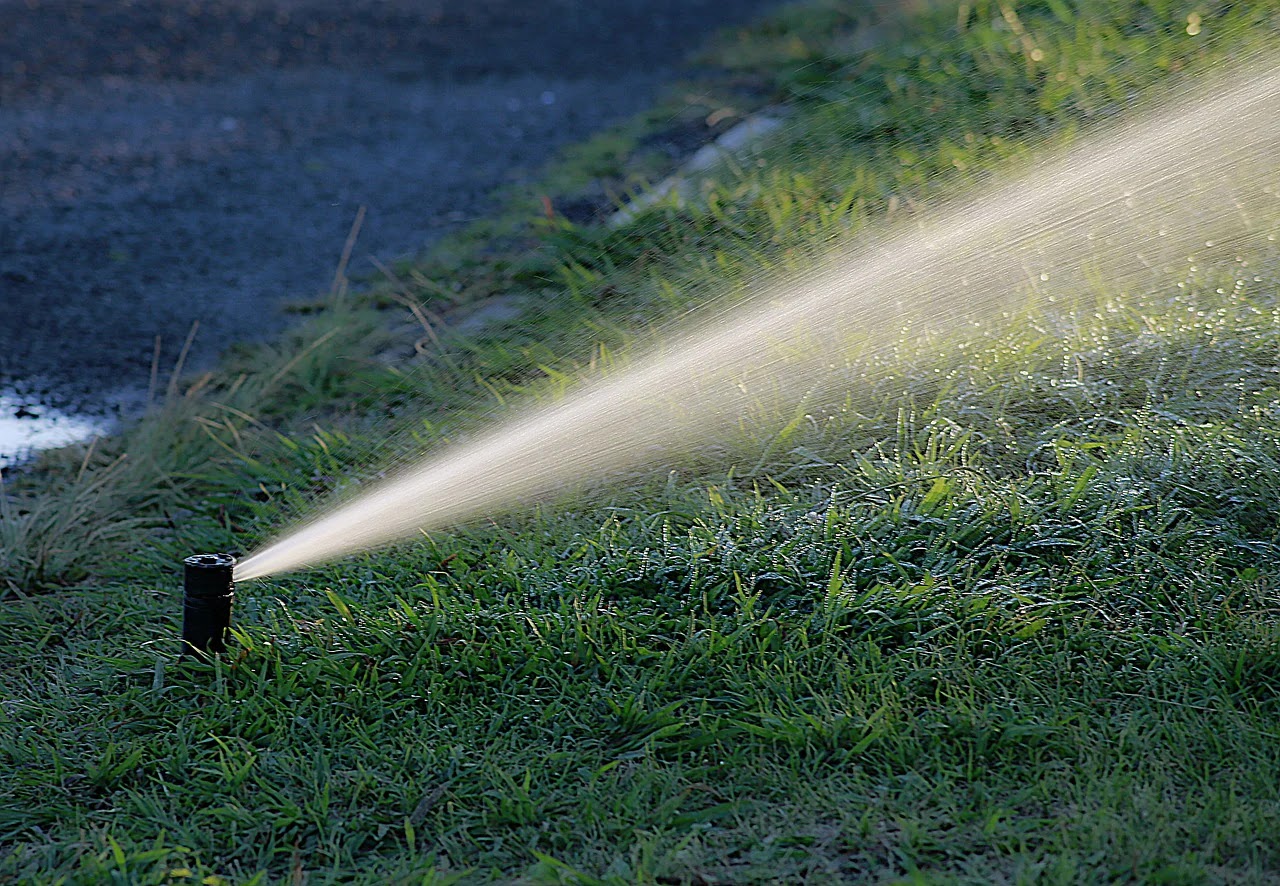Introduction:
According to a recent study, the extensive use of irrigation worldwide has caused significant water movement from land to sea, potentially leading to a measurable shift in Earth's rotation. Computer simulations suggest that between 1993 and 2010, irrigation alone contributed to a displacement of the North Pole by approximately 78 centimeters. This makes irrigation the second-largest factor affecting polar drift, surpassed only by the ongoing surface rebound after the retreat of glaciers since the last ice age.
Understanding Polar Drift:
The movement of the North Pole across the Arctic region is influenced by a combination of cyclical factors such as seasonal weather patterns and long-term variations in ocean water temperature and salinity. However, researchers have now identified another significant contributor to polar drift: the transfer of land-based water to the sea, resulting from melting glaciers worldwide and ice sheets in Greenland and Antarctica.
The Role of Irrigation:
Surprisingly, irrigation runoff also plays a substantial role in polar drift. The recent study, conducted by geophysicist Clark Wilson from the University of Texas at Austin and his colleagues, utilized computer simulations to assess the impact of various factors, including impounded water behind dams, glacial melt, and irrigation. Previous estimates indicate that irrigation has caused around 2 trillion metric tons of water to be redirected from land-based aquifers to the oceans between 1993 and 2010, equivalent to a sea level rise of over 6 millimeters.
Findings of the Study:
The research team found that this redistribution of water, although seemingly insignificant, resulted in an average shift of the North Pole by just over four centimeters annually during the study period. When accounting for all sources of water movement, including runoff from melting ice sheets, the North Pole shifted approximately 1.6 meters toward the east coast of Greenland. Irrigation primarily contributed to nudging the pole in an eastern direction, whereas without irrigation, the pole would have drifted towards the center of Greenland.
Implications and Continued Impact:
Unlike other drivers of polar drift that vary throughout the year, irrigation-induced shifts are permanent and likely to intensify over time. The findings of this study align with the understanding that water is heavy and its movement can significantly affect Earth's rotation. Moreover, large-scale irrigation practices can also have local and regional climatic implications, such as cooling temperatures and increasing rainfall in specific areas.
Conclusion:
The study highlights the substantial influence of irrigation on Earth's rotational axis, potentially altering the planet's dynamics. Further research and monitoring of water movements and their consequences are necessary to gain a comprehensive understanding of the long-term effects of irrigation practices and their implications for climate and Earth's rotation.



~1.webp)

.webp)
.webp)
